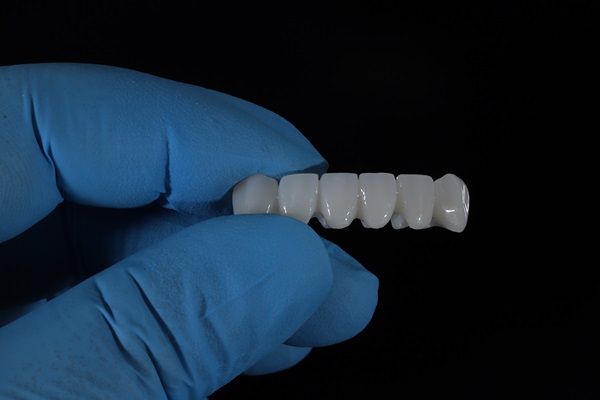Guide to Dental Implant Procedure Steps

Getting dental implants can be intimidating, especially if you do not know much about the process. This article will discuss the general steps that happen after a patient decides that they want to receive dental implants. We will discuss some of the considerations and conditions that need to be present after the surgery.
Overview evaluation
The first step is to have a dental practitioner evaluate the patient's mouth and see if they are a good fit for dental implants. The process involves the insertion of metal posts to create stable bases for teeth, so the dental practitioner will need to know things like patient allergies and general habits.
Things like being allergic to certain medicines and materials may challenge the dental practitioner, and certain habits like smoking and chewing tobacco may challenge the patient to receive an implant successfully.
Extraction surgery
Of course, all problematic teeth will need to be removed to make way for the new implant. The practitioner will most likely opt to do this on the same day they insert the new implant. The only way that this process can be complicated is if the patient has multiple fractured teeth.
Fractured teeth are more difficult to remove and can add time to the procedure. They may cause a slight increase in discomfort, but the anesthetic that your dental practitioner uses will help with the process.
Implant emplacement
There are two types of implants– one type goes just below the gum line, and the other is directly inserted into the jawbone. Depending on the size and the shape of the patient's jaw, certain precautions may or may not need to be taken. We will discuss that later.
The three parts to an implant are the post, abutment, and crown. The post gets inserted either in the gum line or the jawbone. After that heals for a couple of weeks, the dentist will place an abutment (the part that makes your crown flush with your gum line) on the post. After the dentist makes a solid connection and lets that heal, he will install the permanent crown that matches the color of your other teeth.
Recovery
Overall, the process of receiving an implant can take a few months. Although it can be a lengthy process, the outcomes are worthwhile and last 10-15 years before replacing them.
After the surgery, it is important to have softer foods stocked up so that your mouth has the materials and conditions that it needs to heal properly. That means engaging in proper dental hygiene and reducing the use of candy and tobacco.
Other considerations
Implants are not meant to be removed regularly for cleaning after installing. If you feel more comfortable with the regular removal and cleaning of your teeth, consider dentures.
Also, if the patient's jawbone is too fine, additional bone tissue may need to be grafted onto the jawbone to tolerate the tooth removal and implant insertion.
Contact your dentist now
Dental implants can help to restore the appearance and structure of your smile. However, without the proper care, the lack of implants can negatively impact your other teeth. Call your dentist to schedule an appointment today.
Request an appointment here: https://irvineimplantdentistry.com or call Canyon Dentistry at (949) 753-6000 for an appointment in our Irvine office.
Check out what others are saying about our dental services on Yelp: Dental Implants in Irvine, CA.
Recent Posts
Dental implants are one of the options that you get to explore if you are looking to replace missing teeth. These are metal rods or screws placed in the jaw to replace teeth roots, and implants are fitted with restorations like bridges, dentures, and crowns to replace teeth.The ideal candidate for dental implants is healthy…
Dental implants are one of the options you get to choose from if you are missing one or more teeth. A growing number of people are opting for implants thanks to the convenience that comes with them and their bone tissue preserving properties. Dental implants are rods/screws that are inserted into the jawbone to serve…
Thinking about choosing dental implants to address your missing teeth problem? Even missing just one tooth can cause someone to experience multiple dental problems, e.g., shifting teeth, headaches, uneven tooth wear. According to the American Dental Association, the average adult between the ages of 20 and 64 has three or more decayed or missing teeth.Understanding…
Want dental implants to replace your missing teeth but are not sure if you are indeed a candidate? One of the criteria for having one or more implants placed in your mouth is being free of any gum disease. There are four levels of gum disease, and if you are diagnosed with any, then you…


